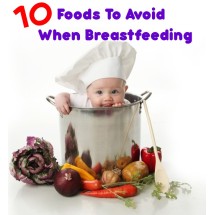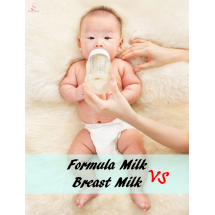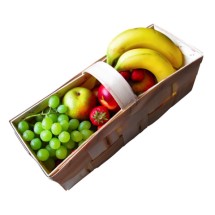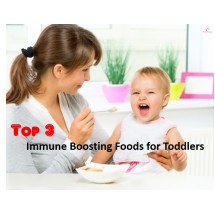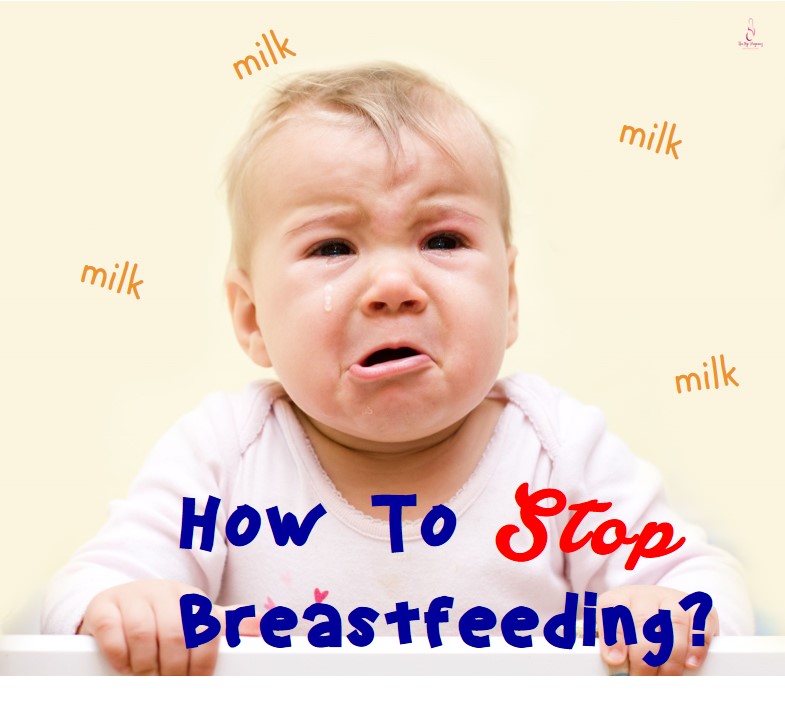
While breast milk is definitely beneficial for the baby, there will come a time when breastfeeding has to stop. For new mothers, there exist many questions such as ‘when is a good time to stop breastfeeding?’, ‘will weaning affect my bond with the baby?’
Take heart that all parents and babies go through this stage, so let’s explore the key aspects of stopping breastfeeding.
Breastfeeding and Nutrition
Exclusive breastfeeding is recommended for the first six months after birth as it is nature’s best nutrition for the newborn baby. Mothers should not feel pressured nor guilty if they are unable to breastfeed for six months. Any length of time is beneficial, for the breast’s first milk known as the colostrum would have given the baby antibodies and immunoglobulins to strengthen her immune system.
Generally, from six months, solid foods are introduced. At this stage, food is introduced to the baby more for taste and for getting her acquainted with the swallowing motion. If breastfeeding is stopped at this stage, formula milk can be given via a bottle or cup for adequate nutrition to up to twelve months. Thereafter, a well-balanced diet supplemented by cow’s milk or yoghurt can be given to the child.
Weaning
Exactly when to start weaning is a personal decision and some parents prefer to initiate the process while others let the baby take the lead. It is easier to wean at about one year old when the baby has a good grasp of feeding from the bottle/cup and also started to enjoy solid foods. Babies are also less likely to throw tantrums compared to toddlers.
Baby-led weaning
 This means taking the cue from the baby. It may be that the baby has started to show interest in playing and exploring during the day than breastfeeding. The feeding time which the baby is least interested in would be a good starting point to cut back breastfeeding. Typically, the feeding closest to bedtime is the last feeding to go.
This means taking the cue from the baby. It may be that the baby has started to show interest in playing and exploring during the day than breastfeeding. The feeding time which the baby is least interested in would be a good starting point to cut back breastfeeding. Typically, the feeding closest to bedtime is the last feeding to go.
Mom-led weaning
Mothers may also decide to stop breastfeeding. It may be no longer possible to breastfeed due to health, work schedules or simply, the mother decides that she has given sufficient nutrition to her baby from her breast milk. Time to move on! It is good to wean slowly by reducing the number of feeding gradually. Don’t forget to cuddle your baby and hold her close during bottle feeding.
Special circumstances
If your baby is not feeling well, you may wish to wait till he is better. It is easier to handle the transition when both mother and baby are healthy. Also, if there is some change at home which you feel has created stress for your baby, breastfeeding a little longer may help your baby feel more comfortable.
Tackling Changes to Mom’s Body
Our body is smart – as the feeding reduces, the breast supply also drops in tandem. Therefore taking it slow helps your body to adjust and lowers the likelihood of breast engorgement. Some mothers experience breast engorgement, which can be reduced via (i) expressing some milk but not draining the breast completely (otherwise the signal of reduced milk demand is not sent to the body) and (ii) applying cold compress to the breast. Massaging the breast can also help to reduce blocked milk ducts. Be sure to wear breast pads in case of milk leakage.
Stopping Tips to Avoid
The key to stopping breastfeeding is taking it slow. There are some methods to avoid:
1. Medication – Stopping breastfeeding is a natural process that should not require medication. Possible side effects are permanent cessation of milk or inflammation of the breast.
2. Making breast milk unpalatable – This method involves applying something spicy or bitter on the nipple to make the baby dislike breastfeeding. This is not recommended as it has adverse emotional effect and may harm the baby’s digestive system.
3. ‘Abandoning’ the baby – Separating the mother from the child is never a good thing. Weaning is a transition to be undergone intimately by both, instead of forcing the mother to live apart from the baby. It may truly feel like abandonment to your baby and have emotional repercussion.
Stopping breastfeeding is part and parcel of baby’s growth. Have fun doing so as both parent and baby can move on to other family bonding activity and have many exciting meals together!
By Mei

